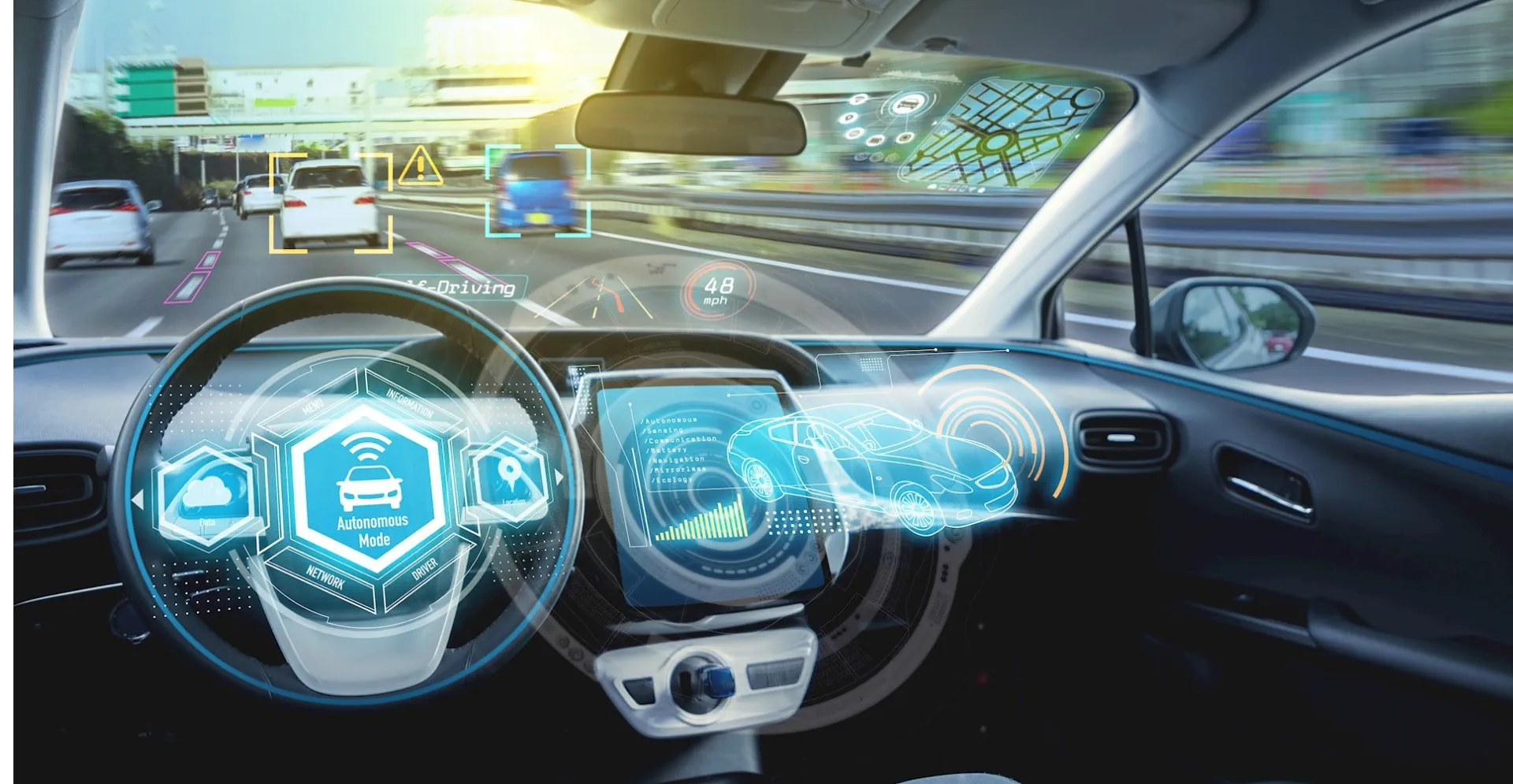Connected and autonomous vehicles (CAV), electric vehicles (EV), and mobility as a service (MaaS) are transforming cities. Accelerating at pace and scale, the digital disruption could provide solutions to the congestion, overcrowded transport, and poor air quality that embody the negative aspects of urban mobility.
Despite CAV’s potential for solving cities’ mobility problems, they could also make them worse. A lack of foresight could lead to transport systems that increase congestion or create unequal access for citizens.
There is no one-size-fits-all approach. Your city’s history, culture, topography, infrastructure, and aspirations will inform how it uses CAV to improve the citizen experience.
CAV report: Navigating mobility profiles
Citizens in Motion: Who’s Driving Your Future? examines how CAV could help various global cities achieve their mobility goals. The report analyzes cities’ CAV plans through three lenses:
- Citizen connection: User experience will be critical for CAV adoption. The appetite for advanced CAV isn’t yet fully understood, but CAV must be accessible and inclusive for all citizens.
- Governance platforms: National, regional, and local government must create an environment where CAV can thrive. Cities must push their mobility solutions further while remaining agile enough to act on new opportunities. It’s up to the city to engage with its citizens and private sector to find a solution that strengthens the entire network.
- Enabling infrastructure: CAV represents a significant investment. EV charging infrastructure, 5G/Dedicated Short-Range Communications (DSRC) networks, and advanced traffic management systems will all need to be well-developed before CAV can be a major and successful part of a city’s transportation network.
North American profiles: A tale of three cities
Three U.S. cities are featured in the report: Los Angeles, New York City, and San Francisco. Each highlights a unique aspect of CAV’s potential for positively disrupting urban mobility.
Scrapping L.A.’s single-car culture
City mobility objective: Achieve infrastructure as a service and Urban Mobility in a Digital Age Strategic Implementation Plan by 2035.
A metropolis dominated by its car culture, 71% of trips in L.A. are taken in single-occupancy vehicles, and cars account for 85% of L.A.’s modal split. CAV could increase public transport use, helping stymie the consistent gridlock and 100 vehicle crashes that prolong citizens’ commutes each day. Convincing Angelinos to abandon a life behind the wheel might be a challenge, but there are signs that the citizens want change. Adoption of EV is increasing (3.5% of new cars are electric), and citizens voted in favor of a sales tax solely for transportation projects, a testament to their desire for mobility investment.
L.A. needs to shake the negative stigma surrounding public transport by improving connectivity and reliability. Private vehicles dominate a weak ridesharing culture, but incorporating better public transport into ridesharing options could be a game changer.
Less cars, more green for NYC
City mobility objective: Achieve smart, green, equitable mobility solutions that improve health and safety and expand travel choices.
In stark contrast to L.A. residents, New Yorkers have the lowest rate of vehicle ownership in U.S. cities. Yet they’re always on the move, averaging 2.4 billion passenger trips per year. The city hopes that CAV will increase transit choices for citizens and visitors. Ridesharing and bicycle sharing are driving growth in shared mobility services, and MaaS will be critical in optimizing travel modes for a city that’s fundamentally both a mass transport and walking city.
Despite the growth of ridesharing, 77% of street space is occupied by cars. And the average travel speed to get across the city has been in decline since 2012. CAV presents an opportunity to reclaim the streets for the citizens, advance their traffic management system, and reduce crash-related injuries. Green solutions are a top priority as well. 62% of journeys use sustainable modes, and the city hopes to improve on that going forward. Tax credits are incentivizing EV charging station installations, with an on-going program in place to install rapid EV charger hubs in all boroughs in 2018.
Building a city as a CAV lab in San Francisco
City mobility objective: Incorporate CAV in an expanded offering of shared mobility services in line with a transit-first policy for a sustainable and equitable outcome by 2024.
San Francisco is fertile ground for CAV and MaaS innovation. The dominant tech sector brings an appetite for future-oriented technologies amongst businesses and citizens. The city’s guiding principles for CAV focus on residents’ needs, including a transit-first policy that prioritizes using CAV to fill gaps in existing transit networks.
Ultimately, the city hopes the changes will encourage a move away from private car ownership, as car use in the city core area will increase 30% by 2040 without intervention.
San Francisco sees 1 million car trips and 600,000 passenger trips daily, so synchronizing CAV and MaaS could help avert future congestion problems. Citizens have adopted MaaS, with 15% of all vehicle trips coming by way of ridesharing or ridehailing services (twelve times the number of taxi trips taken).
The government is playing a positive role in CAV innovation as well. Organizations are taking advantage of tax incentives from the state government to develop CAV and EV solutions for the city—at least 50 San Francisco businesses are licensed by California to test CAV technology. The city approved testing for remotely-operated CAV, so pilot programs such as the planned driverless shuttle in the Treasure Island section of the city could provide real-world insights regarding automated transit.
It’s clear that the city, its citizens, and its CAV organizations are embracing the positive disruption CAV can bring to mobility. This shared buy-in could turn the city into a mass CAV lab that’s instrumental in setting the standards for CAV across the globe.
Drive your city’s mobility future
The CAV disruption is an inevitability. Your city must play an active role in harnessing CAV to meet mobility objectives and improve the lives of its citizens. Otherwise, CAV could irrevocably change your city’s status quo and damage its ability to compete.
For more on how your city might prepare for the future of mobility, read Citizens in Motion: Who’s driving your future?





